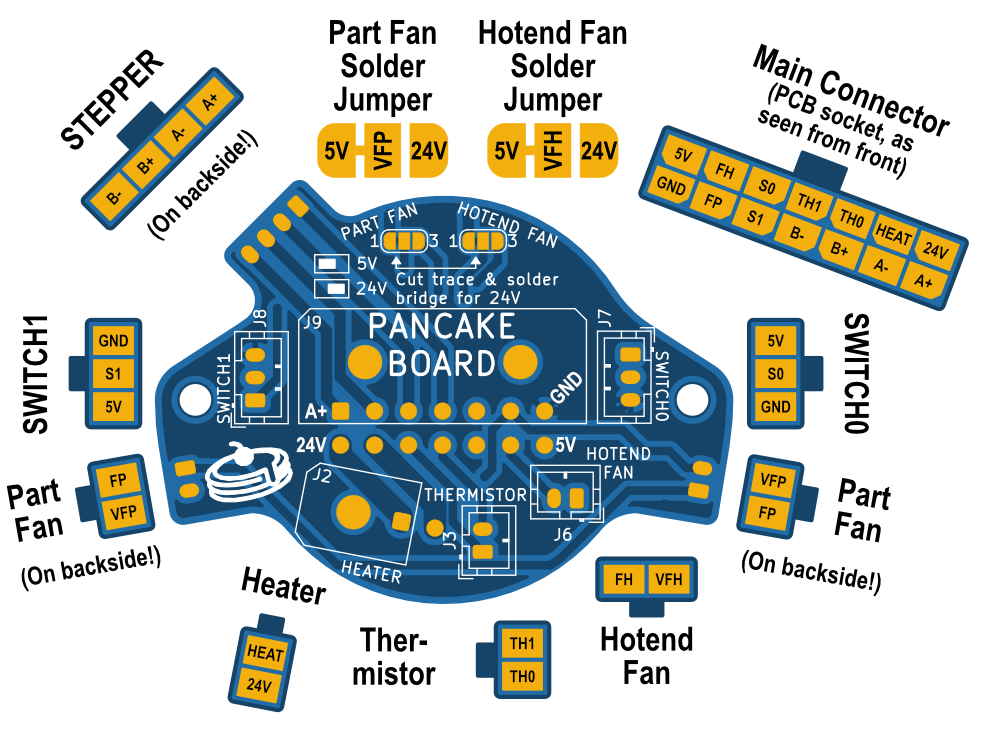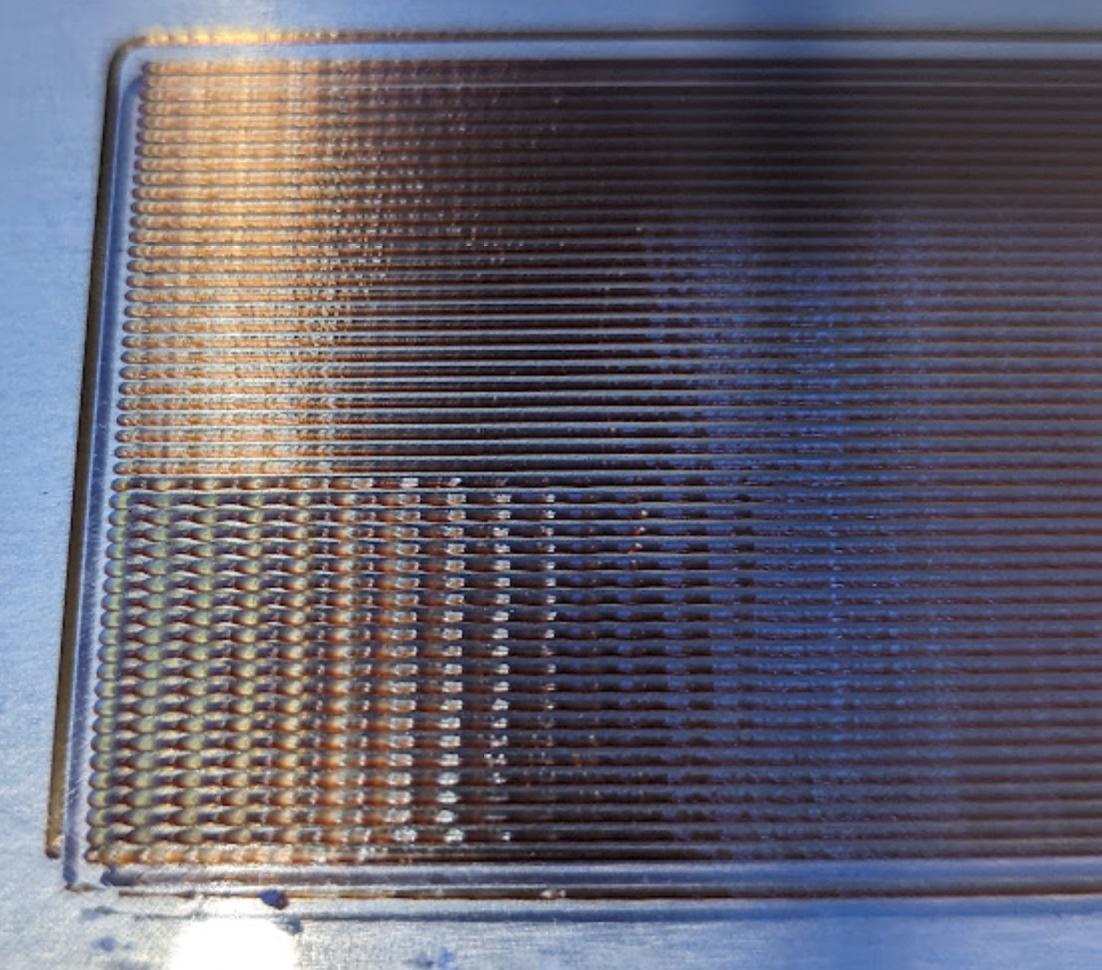@Ebbesendavis The microstepping between klipper and RepRapFirmware is the same since that's part of what the stepper drivers deliver, and apart from Bambu's proprietary solution most if not all printers use Trinamic drivers today.
There is literally no upside from using 64bit processors. The 6HC or the STMH723/743 printer boards supporting RRF are perfectly capable of producing high enough steprates comparable to klipper setups, without necessarily introducing the dependency on a USB connection and an operating system lacking real-time control, which leads to a number of question marks about operational security when (not if) the 3d printer has some controls failure.
In terms of print quality, the "magic sauce" in klipper based printers mostly is Input Shaping. RepRapFirmware supports that too, but the results don't match klipper's and Marlin's implementations today (it's getting better though with some improvements in the latest 3.5 prereleases and future changes in 3.6 that will match klippers approach where speed is attained in exchange for lack of sharp corners).
I cannot speak for Modix' setup because I don't know about it, but in a commercial machine I would prefer a fully supported open source hardware solution over the race-to-the-bottom boards we find in most cheap offerings, often with bad or even unsafe klipper configs and not necessarily an easy way to modify those configs without losing vendor support.
Bambu provides 3d printing appliances where you relinquish control over your machine mostly to a third party. I won't judge you if you go for that, but it's not how I want my 3d printers to work.



